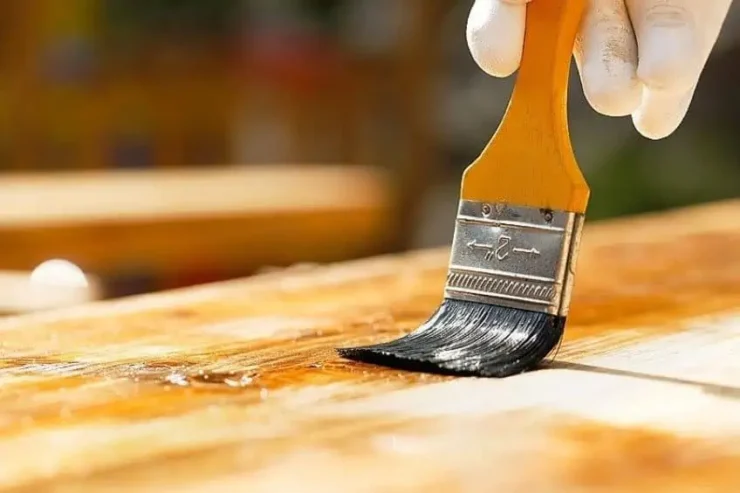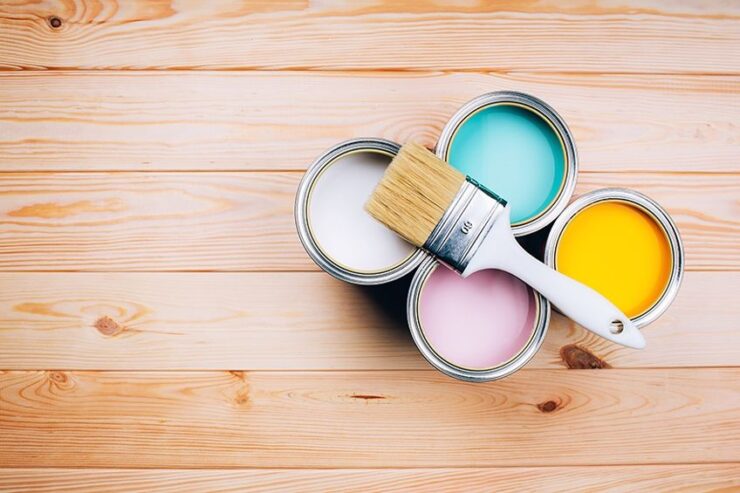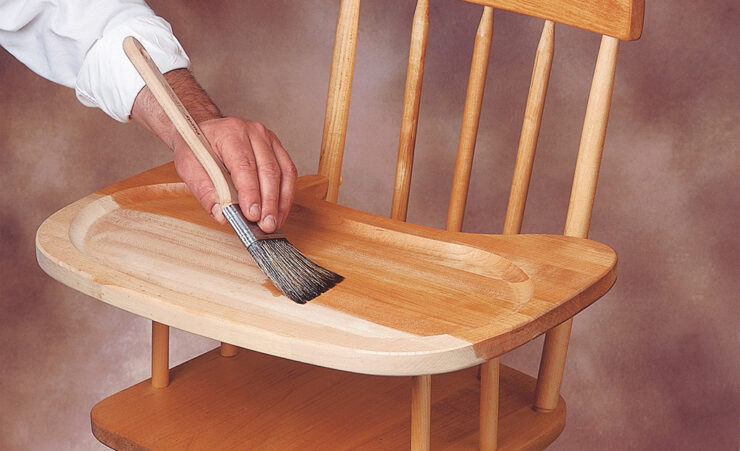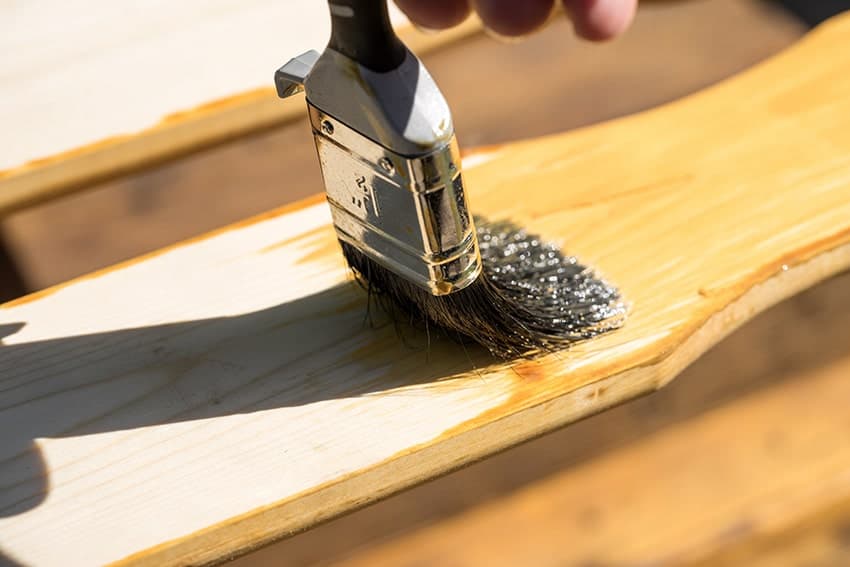If you’re looking to protect your wood deck or patio from the elements, you will want to consider using a clear coat. They are the best way to prevent outdoor wood from drying out and cracking. In this blog post, we will provide you with our top ones for outdoor wood in 2023. We will also provide you with a buying guide so that you can choose the right product for your needs.
Why use a Clear Coat?
A clear coat is a type of coating that is applied over the top of a painted or finished surface. It helps to protect the paint from fading, staining and weathering. Clear coats are available in a variety of colors, so they can be matched to any exterior paint color.
They are also available in two types: fast-drying and slow-drying. Fast-drying ones are typically used on outdoor wood surfaces that will be exposed to the elements, such as decks and fences. Slow-drying ones are usually used on indoor wood surfaces, such as trim around windows and doors.
When choosing a clear coat for your project, make sure to get one that is appropriate for the environment where it will be used. They can be expensive, so you should choose one that will last long and cover the entire area that needs protection.
Types of Clear Coats

There are many clear coats that can be used for outdoor wood, and each has its own benefits and drawbacks.
One of the most common types is lacquer. It is a water-based coat that is very durable and weatherproof, but it can be difficult to apply. It needs to be applied in a thin layer and can take a long time to dry. Lacquer also has a high cost compared to other clear coats.
Another commonly used type is polyurethane. This is a thermoplastic resin that is very durable and easy to apply, but it may not be as weatherproof as lacquer or epoxy. It needs only two or three coats to achieve an adequate coverage, but it can be expensive compared to lacquer or epoxy. Polyurethane also has a strong odor, so it may not be the best choice if you plan on painting your house every year.
Epoxy is one of the most popular types because it offers both durability and weather resistance. Epoxy requires only one or two coats to achieve an adequate coverage, but it can be difficult to sandblast or finish with other methods after applying it. It also has a strong odor, so it may not be the best choice if you plan on painting your house every year.
One of the drawbacks of epoxy is that it can be difficult to remove if it becomes damaged. Clear coats that are based on polyurethane or lacquer can also be difficult to remove as well, but they typically have less of a smell and are less expensive than epoxy.
How to Apply a Clear Coat

Follow these steps to apply a clear coat:
- Clean the surface of the wood with a soft cloth or a cleaning solution. Make sure all dirt, dust, and grime is removed.
- Apply a thin layer of primer to the surface of the wood. Primers are available in spray or aerosol form and should be applied evenly to the surface.
- Apply a thick layer of sealant to the primed surface of the wood. Sealants are available in a variety of thicknesses and should be applied evenly over the primer.
- Allow the sealant to dry for at least 24 hours before painting or staining the wood.
What to Do if Your Clear Coat Starts Fading
If your clear coat on your outdoor wood starts to fade, there are a few things you can do to restore it. You can try using a sealant or paint to help protect the finish, or you can simply refinish the wood. If you decide to refinish, be sure to use a high-quality clear coat that will last longer.
How many layers of clear coat do you need for wood?
If you are using a clear coat on wood, typically you will need three coats. The first coat is to protect the wood from the environment and the second coat is to fill in any imperfections in the finish and the third coat is to give your finished product a glossy sheen.
What happens if you don’t clear coat wood?

If you do not clear-coat your wood, it will eventually start to rot. This can happen in as little as a few months if the wood is exposed to the elements, or it could take longer if the wood is covered in something else. Once the wood starts to rot, it will create moisture and bacteria that can damage other parts of your home. In extreme cases, rotting wood can lead to structural collapse. If you are considering not clear coating your wood, be sure to speak with a professional before making any decisions.
Does a clear coat make wood darker?
Wood exposed to a clear coat may appear darker than wood that is not treated. A clear coat may darken the wood because it coats the surface with a hard, durable finish. It can also keep the wood from absorbing colors and patinas from the environment.
Conclusion
If you’re looking to protect your wood decking or fencing from the elements in 2023, a clear coat is likely what you’ll need. Clear coats not only protect the surface of your wood but also add an extra layer of protection against water, weather, and UV rays. So whether you’re looking to keep your deck looking new year after year or just want to prevent any damage from occurring in the first place, it is an ideal choice.

